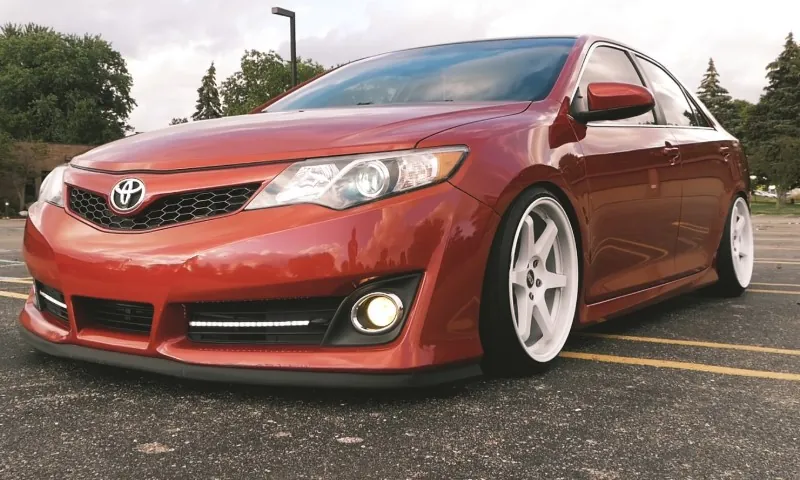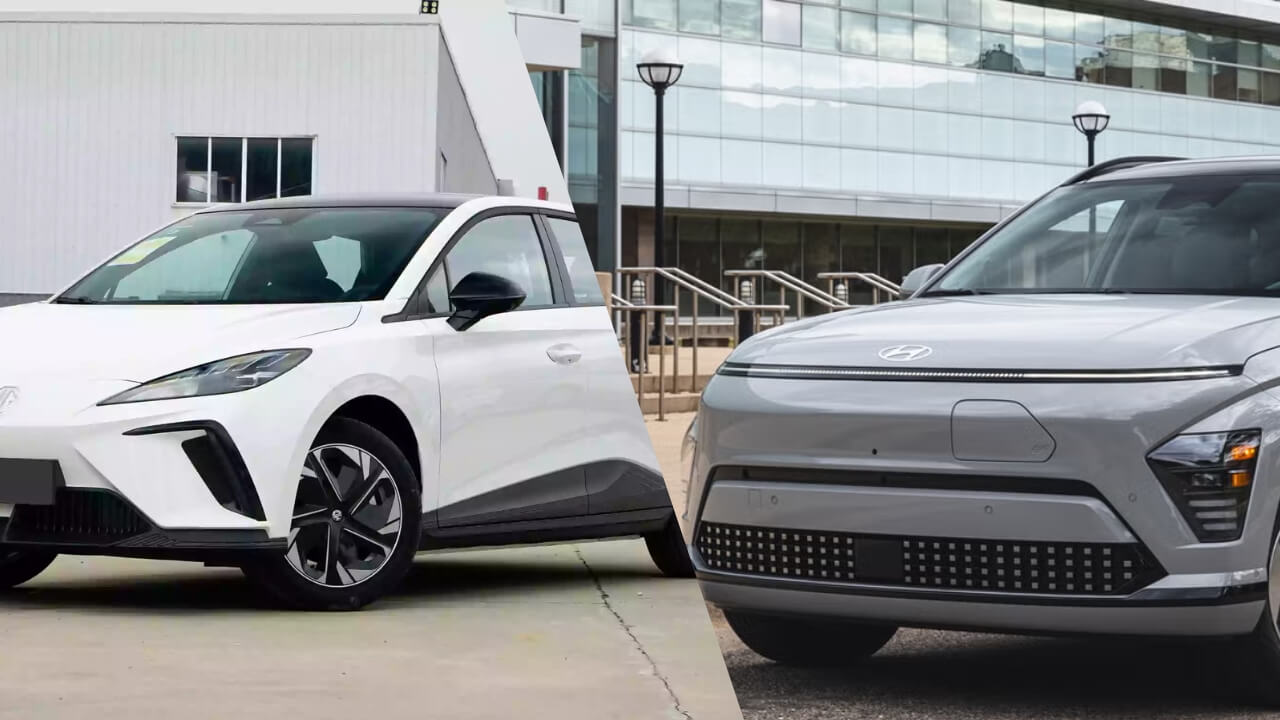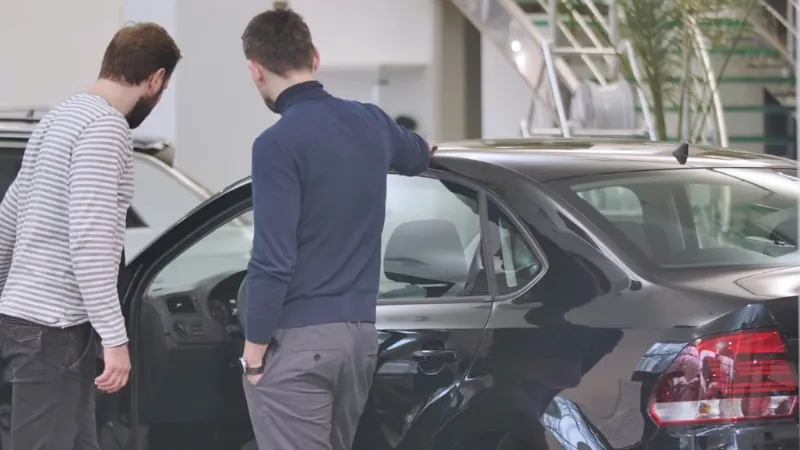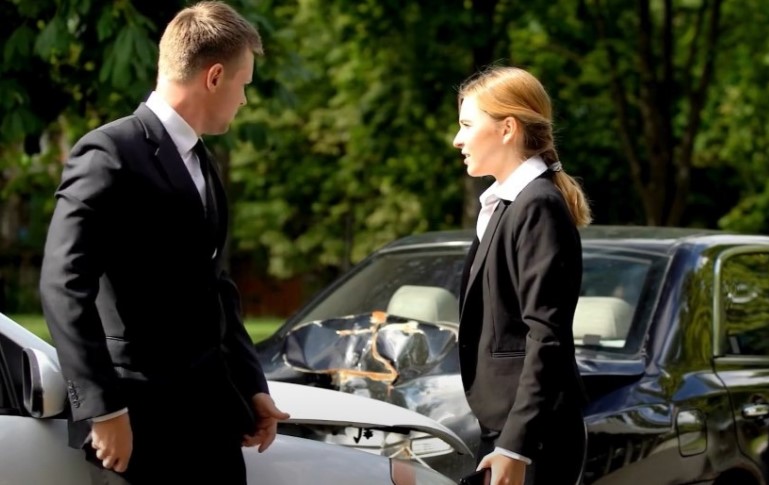
Share Post:
Getting into a car accident is stressful enough on its own. But learning the other driver doesn’t have insurance? That can take the situation from frustrating to downright overwhelming. Unfortunately, it’s not that rare.
According to the Insurance Research Council, about 12.6% of drivers in the U.S. were uninsured as of 2019. In states like California, that number jumps closer to 16.6%.
So, what should you do if you find yourself in a crash and the other driver either shrugs or admits they have no insurance?
The good news is, there are steps you can take right away, and some smart moves you can make ahead of time to protect yourself for the future.
Table of Contents
ToggleWhat to Do Right After the Crash
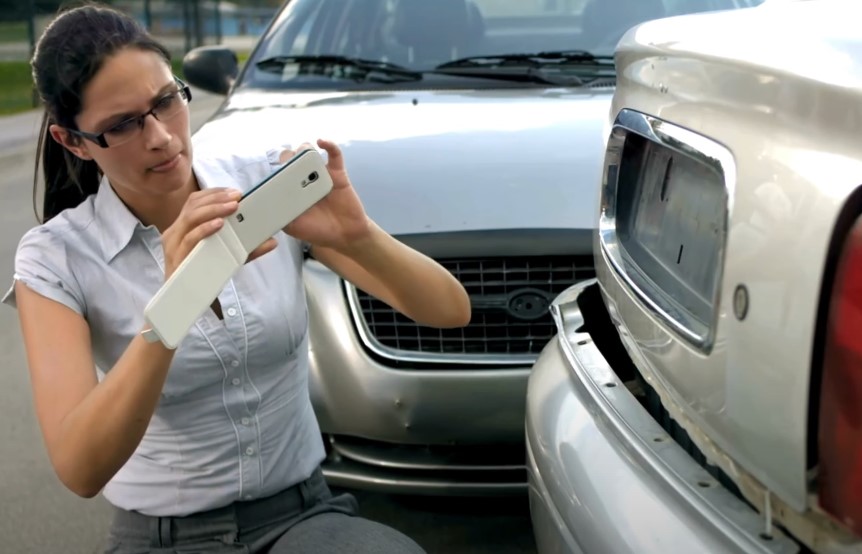
Step One: Stay Safe
Before worrying about insurance or paperwork, make sure everyone’s okay.
- Check yourself and your passengers for injuries. If anyone is hurt, call 911 immediately.
- If the vehicles are drivable, move them to a safe location off the road.
- Turn on your hazard lights and set up flares or warning triangles if you have them.
Your safety always comes first, even when emotions are running high.
Step Two: Call the Police
Even if the damage seems minor or no one’s visibly hurt, always get the police involved when the other driver doesn’t have insurance. A police report can serve as a neutral, official record of the crash, which can make or break your claim later.
For example, if you’re in Tampa and unsure how to proceed legally, reach out to a Tampa Personal Injury Attorney.
If the other driver takes off, give the dispatcher everything you can remember: license plate, car make and model, color, direction they went. But do not follow them. Let the police handle it.
Step Three: Gather What You Can
Start documenting. Even if the other driver is uncooperative or nervous, try to get basic information:
- Name and phone number
- Their vehicle’s make, model, and license plate
- Whether they verbally confirmed they have no insurance (write that down)
Also:
- Talk to any witnesses. Ask for their contact info.
- Snap photos: both vehicles, license plates, damage, the road layout, skid marks, traffic signs, and any visible injuries.
- Write down the time, location, and the name and badge number of the officer on scene.
Step Four: Don’t Accept Cash
Sometimes an uninsured driver will offer to pay you on the spot. Don’t do it. What looks like a quick fix can turn into a financial mess later.
Damage costs are rarely obvious right away, and once you accept money, you may unintentionally forfeit the chance to file an insurance claim or pursue legal action.
What Your Insurance Can (and Can’t) Do for You
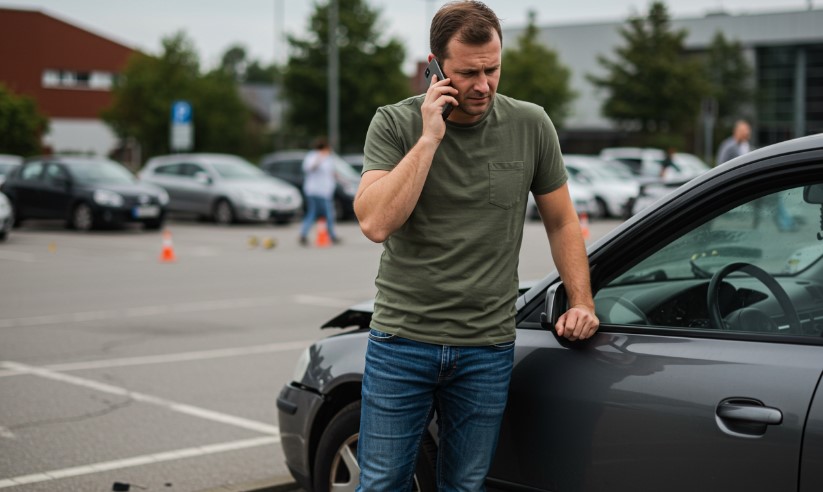
Once you’ve left the scene, your next move is to contact your insurance company. Let them know the accident involved an uninsured driver, and be ready to send them everything you’ve documented.
If You Have Uninsured/Underinsured Motorist Coverage (UM/UIM)
This is your best friend in situations like this.
What it covers:
- Bodily Injury: Medical bills, lost wages, pain and suffering.
- Property Damage: Repairs to your vehicle, depending on your policy and state.
Steps to take:
- File your claim as soon as possible. Some insurers require notice within 30 days.
- Provide the police report, photos, any statements from the other driver or witnesses.
- If it was a hit-and-run, report it to police within 72 hours in states that require that timeline.
A few notes:
- In some states, UM/UIM property damage requires its own add-on, called UMPD.
- Not every state requires UM/UIM, so check your policy. If you have it, your limits can’t exceed your liability limits.
Other Coverage That Might Help
Even without UM/UIM, you might have a few options.
Personal Injury Protection (PIP) or Medical Payments (MedPay)
These cover your and your passengers’ medical expenses no matter who’s at fault.
- According to Michigan Auto Law, PIP is mandatory in some states (like Florida and Michigan).
- MedPay is optional and usually offers smaller amounts but can help with out-of-pocket costs quickly.
- You don’t have to wait until all treatment is done to use this coverage.
Collision Coverage
This helps cover repairs to your car, regardless of who caused the accident. You’ll still have to pay your deductible, though. And your premiums might go up after the claim.
Collision Deductible Waiver (CDW)
Available in some states like California, this lets you skip your deductible if you’re hit by an uninsured driver who’s identified. It’s a small detail, but it can save you hundreds.
If You Don’t Have UM/UIM
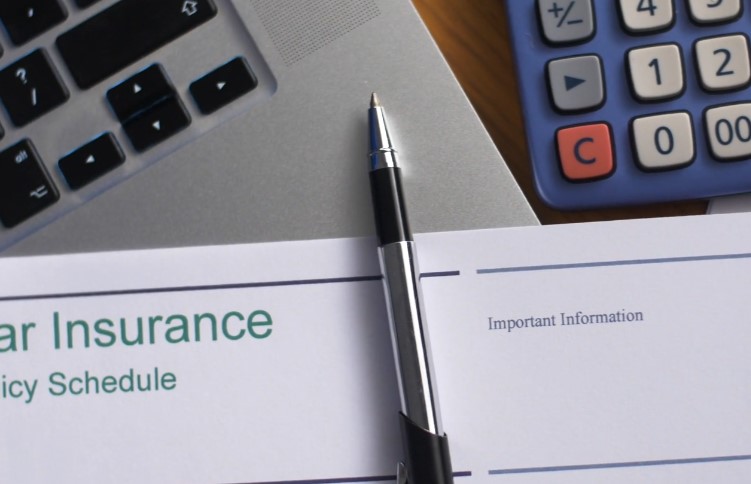
Your choices narrow a bit, but there’s still a path forward:
- Collision Coverage: You’ll pay your deductible, and your insurance company will cover the rest.
- PIP or MedPay: Helps with medical bills, depending on your state.
- Out-of-Pocket: You may have to front the costs and try to recover them later. That’s tough if the uninsured driver doesn’t have money or assets.
Here’s a quick breakdown:
| Coverage Type | What It Covers | Key Info |
|---|---|---|
| UM/UIM | Injuries and possibly property damage | May be mandatory or optional by state |
| PIP or MedPay | Medical bills | Immediate help, regardless of fault |
| Collision | Vehicle repairs | Deductible required, optional |
| CDW | Deductible waiver | Limited to specific states like California |
Legal Options
Can You Sue the Other Driver?
Technically, yes. But winning a lawsuit is one thing. Collecting money is another. Most uninsured drivers are considered “judgment-proof.” That means even if you win in court, they don’t have enough assets for you to recover much, if anything.
What About Subrogation?
If your insurance company pays out a claim on your behalf, they might try to get their money back from the uninsured driver through a process called subrogation.
They’ll send letters, make calls, maybe even file a court case. But the odds of recovery are low if the driver has no assets. It’s mostly about principle and internal bookkeeping on their end.
Consequences for the Uninsured Driver
Just because you may not get money from them doesn’t mean they get off easy.
Depending on the state, driving without insurance can lead to:
- Fines
- License suspension
- Vehicle impoundment
- Even jail time for repeat offenders or serious accidents
Those penalties won’t help you directly, but they might keep that driver off the road in the future.
How to Prepare for the Next Time (Because Sadly, There Might Be One)
Being hit by an uninsured driver is often a wake-up call. Here’s how to prepare so you’re never left in a vulnerable spot again.
1. Add UM/UIM Coverage If You Don’t Have It
Especially if you live in a high-risk state like Mississippi, Michigan, or California. The few extra dollars a month can mean thousands in protection when it counts.
Make sure your limits are realistic. If you’re carrying state minimums, you may not be as protected as you think.
2. Install a Dash Cam
Video evidence can settle a lot of arguments quickly. Especially in hit-and-run situations or when the other driver tries to lie about what happened.
Many dash cams now auto-upload to the cloud, so even if your car is totaled, you won’t lose the footage.
3. Review Your Policy Annually
Take 30 minutes once a year to sit down and look at:
- Your coverage limits
- What’s included or excluded
- What it would cost to add extra protection like rental reimbursement or CDW
4. Know Your State Laws
Some states require PIP. Others don’t.
Some require UM/UIM. Others make it optional.
Some let you sue for pain and suffering. Others don’t unless your injuries are severe.
Knowing the rules in your state helps you plan better and advocate for yourself if something goes wrong.
Here’s a basic cheat sheet:
| State Type | How Insurance Works | Lawsuit Restrictions |
|---|---|---|
| No-Fault | Your own insurance pays medical bills | Can’t sue unless injuries are serious |
| At-Fault | The at-fault driver pays | You can sue, but collection is the hard part |
Special Situations
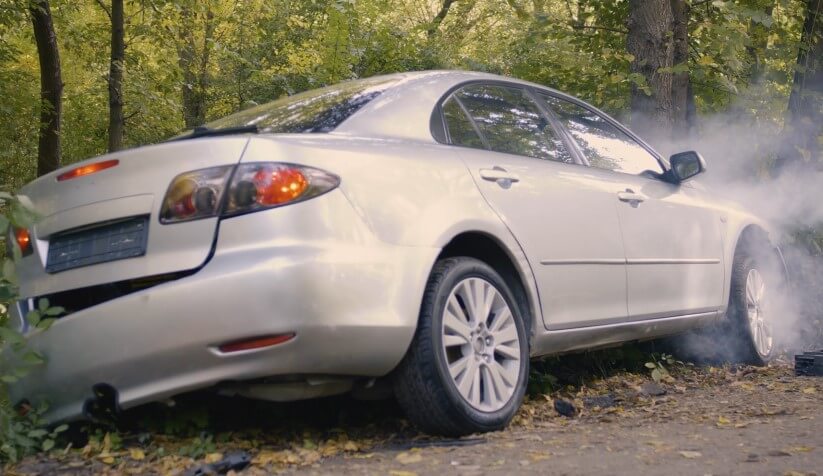
Hit-and-Run
If the driver flees, that’s a criminal offense, but it also makes your insurance situation messier.
- File a police report within the required window (usually 24–72 hours).
- Submit your claim through UM coverage if you have it.
- Dash cam footage can make or break your case.
Phantom Vehicles
Let’s say another car swerves and causes you to crash, but there’s no contact. The driver speeds off, and you can’t identify them. That’s called a “phantom vehicle” accident.
In many states, your UM coverage might still apply, but only if there’s a police report and enough evidence to support your version of events.
If You’re the At-Fault Driver and the Other Person Is Uninsured
Your liability insurance should cover their damages. But still report the accident to your insurer immediately. You don’t want legal issues sneaking up on you later if they decide to take action or if there are injuries you weren’t aware of.
Final Thoughts
Crashes are chaotic. Add in an uninsured driver, and it can feel like you’re left holding the bag. But there are clear steps you can take to protect yourself.
Start at the scene, call the police, gather evidence, and never take cash on the spot. Then, work with your insurer. If you have UM/UIM coverage, you’re in much better shape. If not, it might be time to rethink your policy.
And above all, take this as motivation to prepare for the future. Add the right coverage, get a dash cam, and know your local laws. You can’t control other drivers, but you can absolutely put yourself in a better position to recover if something goes wrong.





